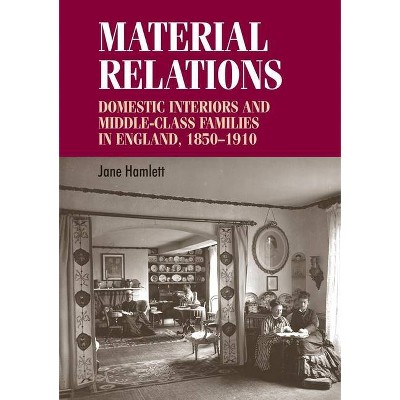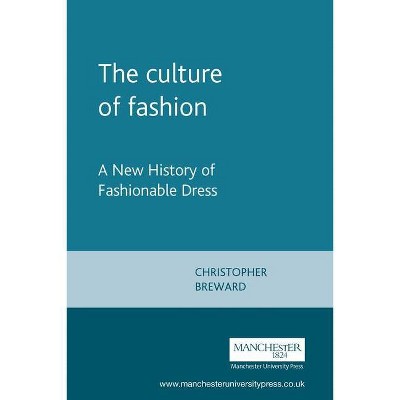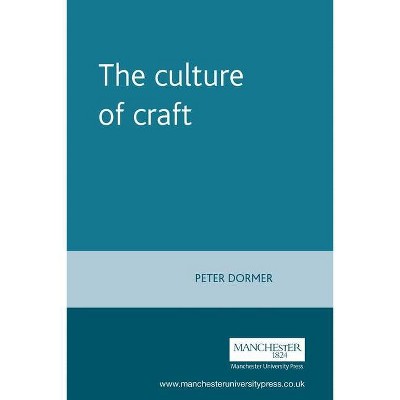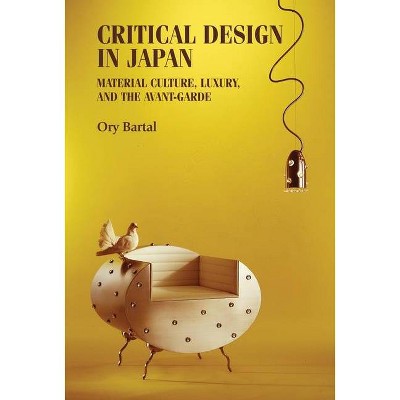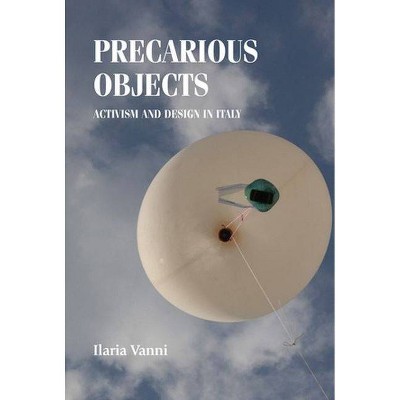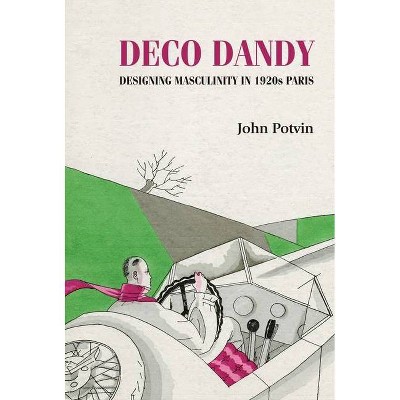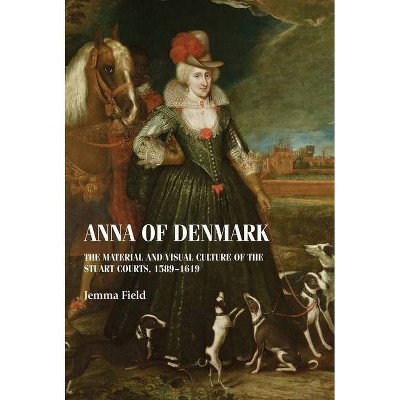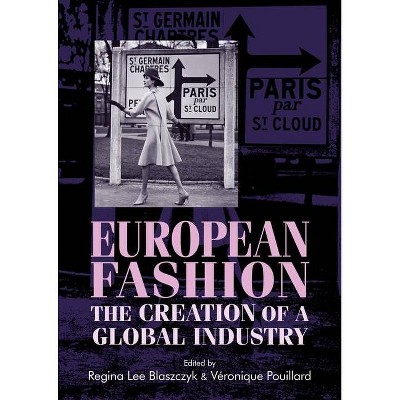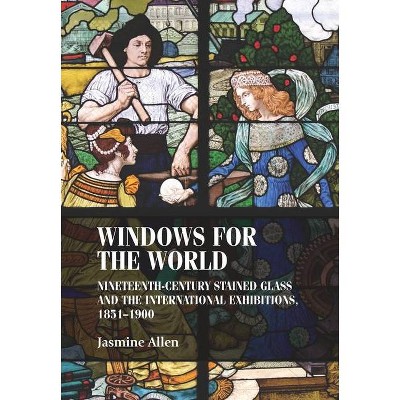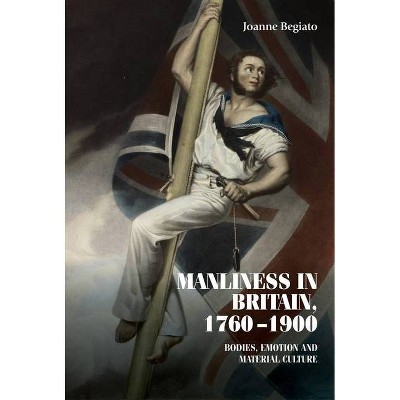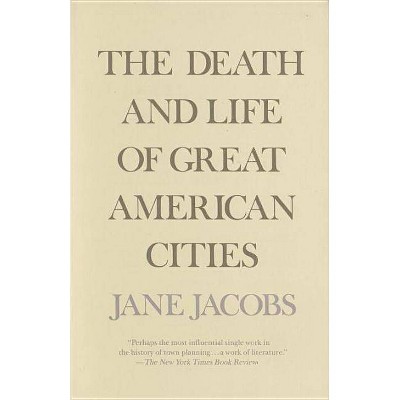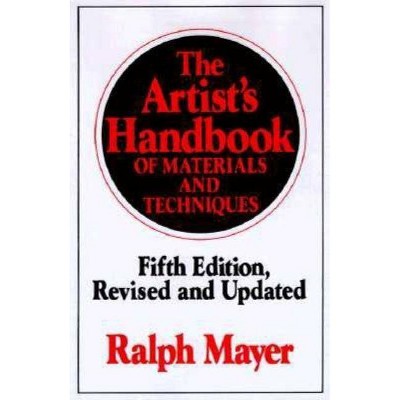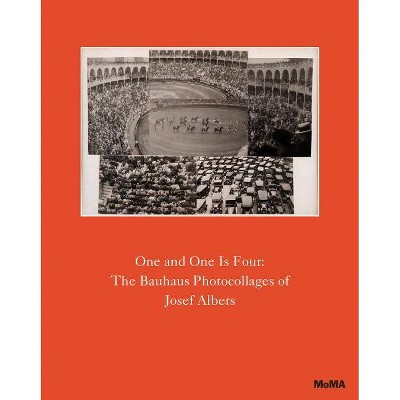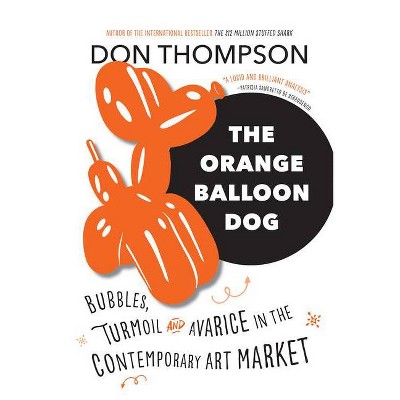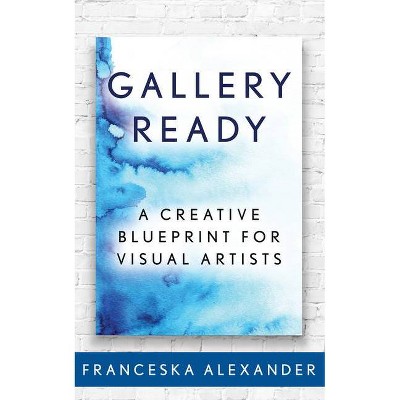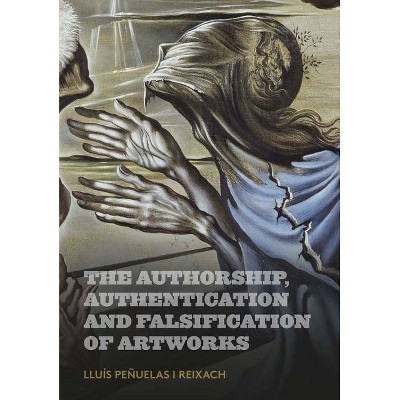Building Reputations - (Studies in Design and Material Culture) by Conor Lucey (Paperback)
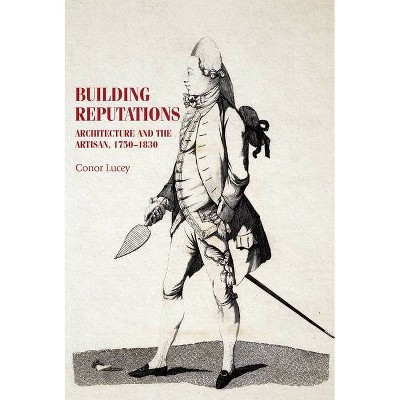
Similar Products
Products of same category from the store
AllProduct info
<p/><br></br><p><b> About the Book </b></p></br></br>This book advances a novel approach to a familiar eighteenth-century building type: the brick terraced house. Focusing on issues of design and architectural taste, it rehabilitates the reputation of the artisan communities of bricklayers, carpenters and plasterers responsible for its design and construction.<p/><br></br><p><b> Book Synopsis </b></p></br></br>Taking a cue from revisionist scholarship on early modern vernacular architectures and their relationship to the classical canon, this book rehabilitates the reputations of a representative if misunderstood building typology - the eighteenth-century brick terraced house - and the artisan communities of bricklayers, carpenters and plasterers responsible for its design and construction. Opening with a cultural history of the building tradesman in terms of his reception within contemporary architectural discourse, chapters consider the design, decoration and marketing of the town house in the principal cities of the eighteenth- and early nineteenth-century British Atlantic world. The book is essential reading for students and scholars of the history of architectural design and interior decoration specifically, and of eighteenth-century society and culture generally.<p/><br></br><p><b> From the Back Cover </b></p></br></br><i>Building reputations</i> provides a new perspective on a well-known, but widely misunderstood, historic building typology: the eighteenth-century brick terraced (or row) house. Created for the upper tier of the social spectrum, these houses were largely designed and built by what is regarded as the lower tier of the architectural hierarchy, namely artisan bricklayers, carpenters, plasterers and related tradesmen. From London and Dublin to Boston and Philadelphia, terraced houses formed the streets and squares that served as the links and pivots of 'enlightened' city plans. Today, they remain central to historic and cultural identities. But while the scenographic quality of Bath and the stuccoed interiors of Dublin have long enjoyed critical approbation, the 'typical' house is understood less in terms of design and more in terms of production. Historians have emphasized the commercial motivations of the artisan class, overlooking the particular ways in which that class attempted to satisfy the demands of an elite, taste-conscious real estate market. Drawing on extensive primary source material, from property deeds and architectural drawings to trade cards and newspaper advertising, this book rehabilitates the status of the house builder by examining his negotiation of both the manual and intellectual dimensions of the building process. For the first time, it considers the artisan as both a figure of building production and an agent of architectural taste.<p/><br></br><p><b> Review Quotes </b></p></br></br><br>'This is a fine book about the significant role of artisan house builders as architectural designers in the later Georgian period. When they did not exit their trades to become what earlier historians have ranked as 'architects', these artisan builders have remained shadowy figures. Ranging widely and with an even-handed command of material from both sides of the British Atlantic, especially giving Dublin due weight, Conor Lucey illuminates these people and their contributions to architectural design with insight, detail, clarity and humour.' Peter Guillery, Bartlett School of Architecture, London 'Lucey's fascinating book explores the role of the artisan in the still somewhat mysterious design processes behind the creation of the urban terraced house. Based on extensive new research it will enable us to place artisan-builders alongside other well-known designer-makers - such as print, furniture or ceramic specialists - in the period. Histories to date have focussed on the tradesman's role in the construction of town houses but Lucey makes a compelling argument for their contribution to the design and decoration of both exteriors and interiors. In doing so he extends existing scholarship in exciting new directions enabling us more fully to understand the workings of the building trade across the second half of the long eighteenth century. The book's scope is transatlantic and crucially Ireland for the first time, alongside England and America, is brought into discussions on the inter-connections across the eighteenth-century Atlantic building world.' Elizabeth McKellar, The Open University 'This is the first study of eighteenth-century century building activity which addresses the city house in Britain, Ireland and the American colonies with focus on London, Dublin and Philadelphia. This grand vista of urban domestic builders in the Atlantic world is mirrored in the range of scholarship that is brought to bear on the topic, a rich field of study brilliantly marshalled to provide the reader with a lucid, insightful and hugely stimulating panorama of new directions in architectural history. Lucey argues that the late eighteenth-century townhouse interior owed more to the plasterer and builder as agents of taste than it did to the sensibilities of its occupants and in so doing points up the builder's facility for design and decoration. This book is an argument, a new apology for the builder, a broadside which asks us not to dumb down creative skill in the operative parts of architectural production. It is a book which will undoubtedly build reputation.' Professor Christine Casey, Trinity College Dublin 'In this book Conor Lucey sets out to rehabilitate the reputations of both the product (the town house) and the producer (the builder) and is concerned with rehabilitating the builder as an agent of taste as well as a figure of building production [...] This book is an important addition to the study of the Dublin town house.' David Griffin, <i>Irish Arts Review</i>, Winter 2018/19 'From the middle of the eighteenth century through the 1830s, the brick row house became one of the most common urban building forms in the British Atlantic world. Artisan builders erected thousands of these rows of classically proportioned and ornamented town houses in the new streets, squares, and crescents of expanding cities as well as in smaller market and port towns in Great Britain, Ireland, and America [...] In <i>Building Reputations</i>, Conor Lucey argues that this story has been misunderstood or mischaracterized in much of the historical literature on urban architecture, which has emphasized building production at the expense of building design [...] In this informative book, he has rehabilitated the reputation of the artisan builder as a significant figure in shaping its decorative articulation.' Carl Lounsbury, <i>caa.reviews</i>, March 29 (2019) 'Building Reputations is a lively exploration of the world of the 'Georgian' builder, in particular the makers for the neo-classical townhouse. The book is also a welcome addition to the growing number of architectural investigations of the 'Atlantic world' of the late eighteenth and early nineteenth centuries; the study of how 'books and ideas' crossed and re-crossed the Atlantic Ocean together with cargos of timber, bricks, cotton, sugar, furs or spices.' Victoria Perry, <i>Construction History</i> Vol. 34, no. 1, 2019 '...a powerhouse of a book that finally rehabilitates the builder as a key player in the design and decoration of the eighteenth and early nineteenth-century terrace and row houses.' Colin Thom, <i>The Burlington Magazine </i> 'Building Reputations makes an important contribution not only to revisionist architectural history, but also to recent art and design histories that have sought to recuperate the complexity of workshop production and artisanal epistemology, and to acknowledge the critical capacity of craft.3 It adds builders to the orbit of better-known histories of artisanal trades such as cabinetmakers, ceramicists, and silver- and goldsmiths. For these reasons, it deserves to be read widely by anyone interested in the history of the articulation and practice of design in this period.' Stacey Sloboda, <i>Journal of Design History</i> '[This book] is one of the most insightful books on Irish architectural history to have been published in the past decade. Lucey's sophisticated, impressive, well-illustrated and well-written study is not just about Ireland. His study is impressively interdisciplinary, insightfully comparative as it engages in studies of London, Dublin, and Philadelphia and is deeply evidence based. It also pays due regard to previous scholarship and he deploys the appropriate quantum of theory and historiography in respect of aesthetics, architecture and design as well as urban development.' Brendan Twomey, <i>Journal of the Royal Society of Antiquaries of Ireland</i> 'Going beyond the traditional presentation of the builder as solely involved in the production of the building, Lucey reveals how because the speculative builder does not neatly fit into this simplified role, he has been overlooked in the scholarship. [...] In his rehabilitation of the speculative builder, Lucey brings together sources from architectural history, social history, and material culture, as well as economic and trade history. He paints a picture of a British Atlantic building world at the end of the 18th century that is nuanced and complex. [...] While each chapter could be expanded into its own book, they can be easily read alone, as Lucey incorporates historiographic context throughout. [O]verall the book is very readable and will be useful for scholars of architecture, interior decoration, advertising, labour, material culture, and the British Atlantic world in the long 18th century.' Katherine Wheeler, <i>Architectural Histories</i><br><p/><br></br><p><b> About the Author </b></p></br></br>Conor Lucey is Assistant Professor in the School of Art History & Cultural Policy at University College Dublin
Price History
Price Archive shows prices from various stores, lets you see history and find the cheapest. There is no actual sale on the website. For all support, inquiry and suggestion messagescommunication@pricearchive.us
